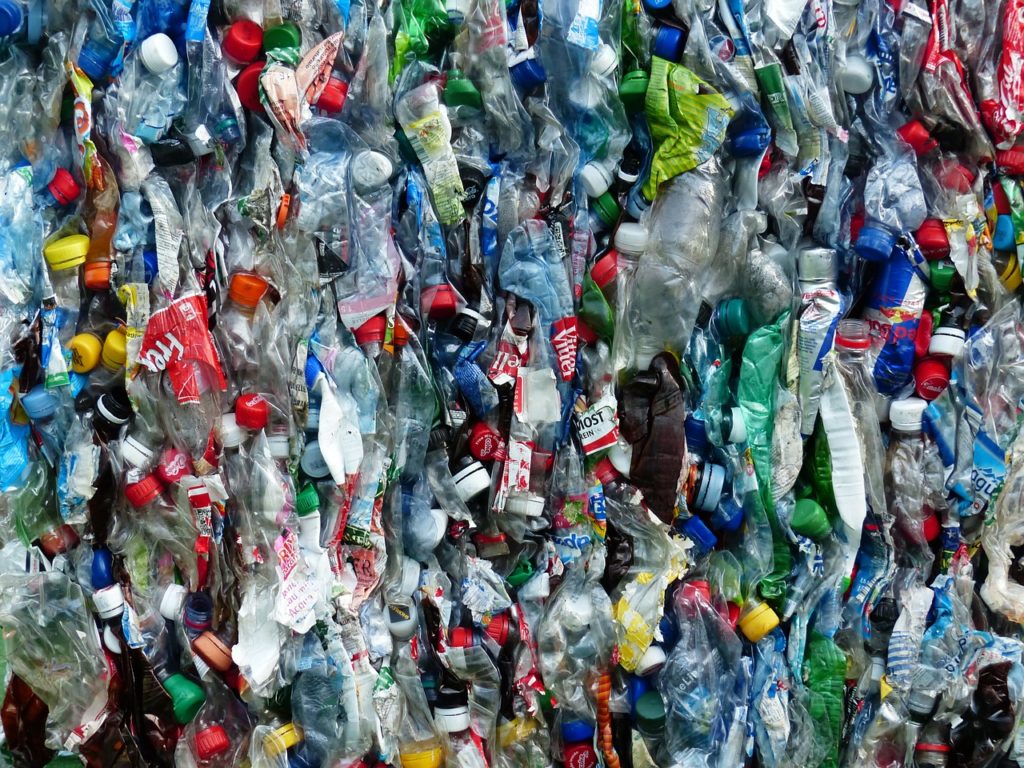
In 2017, the total generation of municipal solid waste (MSW) was 267.8 million tons, about 139.6 million tons of that were landfilled, YES, LANDFILLED. Food was the largest component at about 22%. Plastics accounted for about 19%, paper and paperboard made up about 13%, and rubber, leather and textiles comprised over 11%. Other materials accounted for less than 10% each.
The average American sends 4.51 lbs of trash to the landfill every day. We live in a disposable society of fast fashion, particle board furniture, and two-day shipping, where we consume what we want when we want. For now, that trash “disappears” from our lives once it is picked up, but if we continue to over-consume at this rate, it won’t be long before we are wading through garbage in the streets.

In 2017, the total generation of municipal solid waste (MSW) was 267.8 million tons, about 139.6 million tons of that were landfilled, YES, LANDFILLED. Food was the largest component at about 22%. Plastics accounted for about 19%, paper and paperboard made up about 13%, and rubber, leather and textiles comprised over 11%. Other materials accounted for less than 10% each.

The average American sends 4.51 lbs of trash to the landfill every day. We live in a disposable society of fast fashion, particle board furniture, and two-day shipping, where we consume what we want when we want. For now, that trash “disappears” from our lives once it is picked up, but if we continue to over-consume at this rate, it won’t be long before we are wading through garbage in the streets.

Beyond reducing waste itself, zero waste must be key component of climate change strategies intended to reduce carbon gas emissions. The U.S. EPA has estimated roughly 42% of all greenhouse gas emissions are caused by the production and use of goods, including food, products, and packaging. 42%!!
Couldn’t we all get by with a little less “stuff” in exchange for fresher air? Bluer skies? A cleaner, healthier planet?
